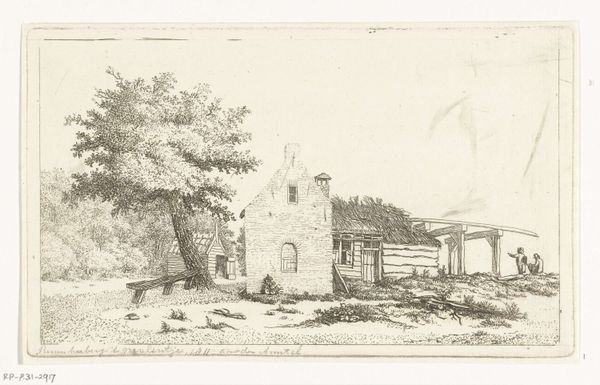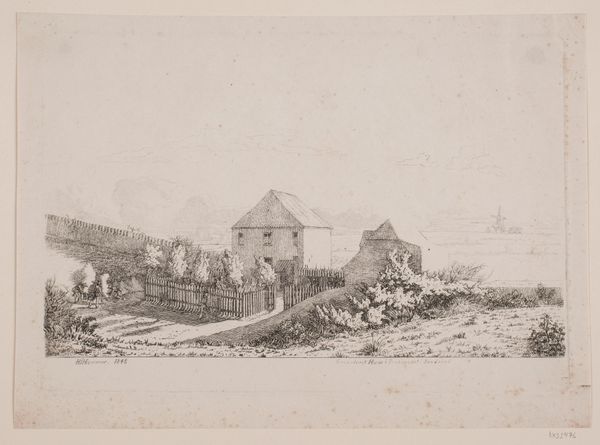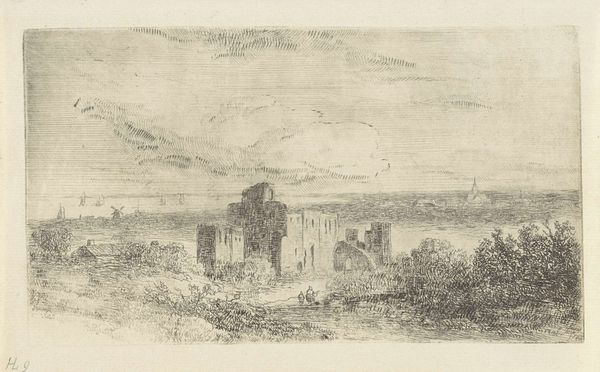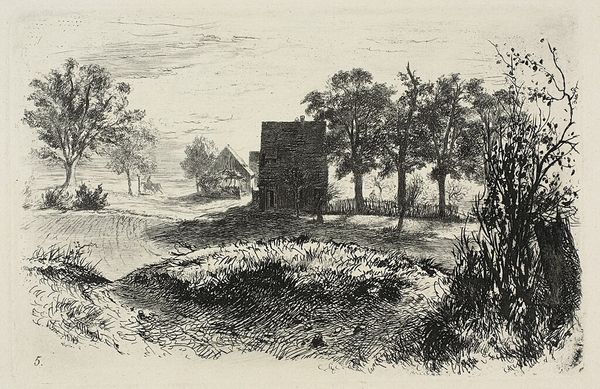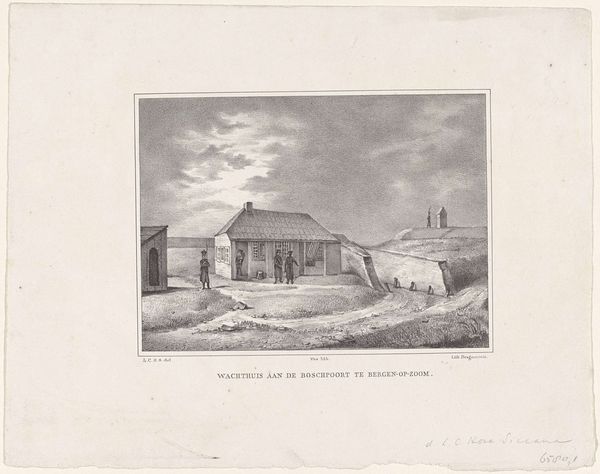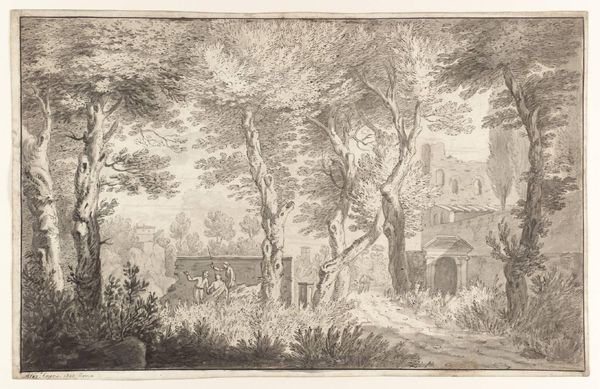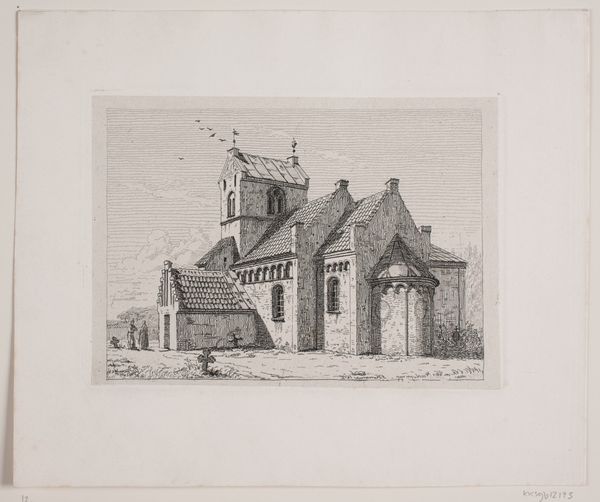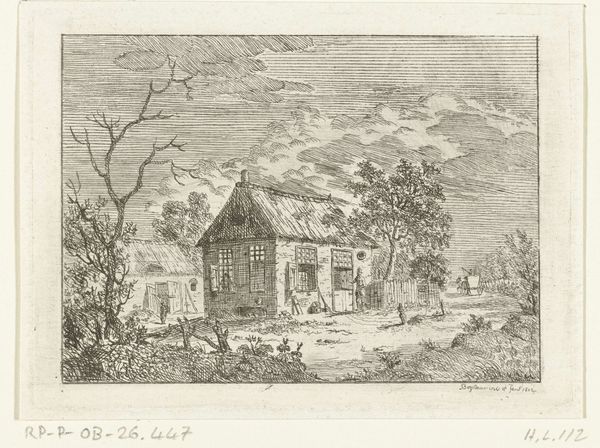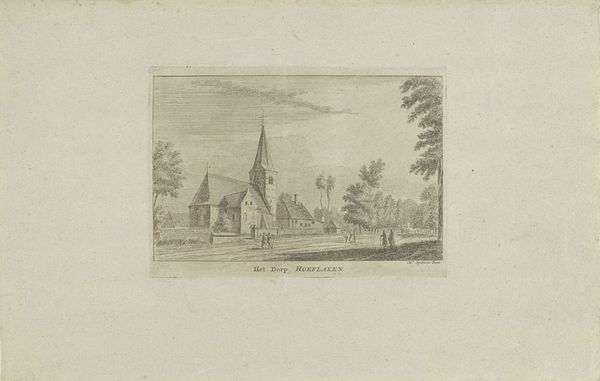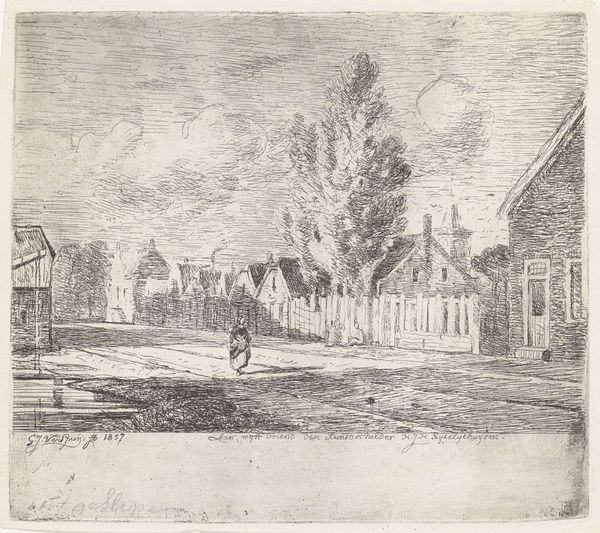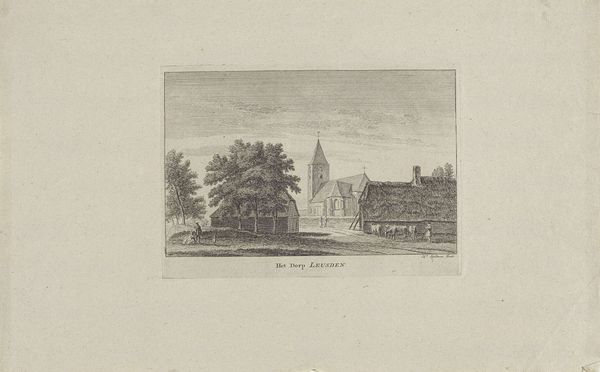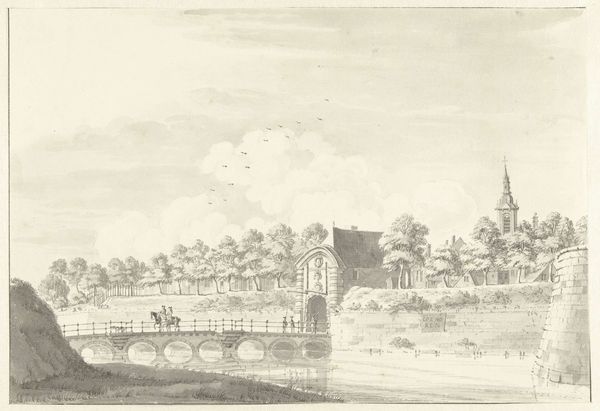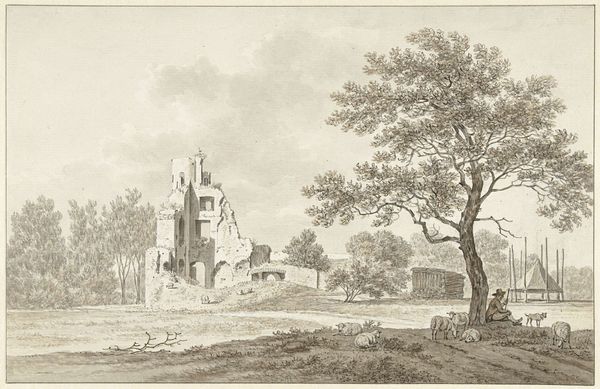
Gezicht op bouwwerken verwoest na een brand te Sloterdijk 1836 - 1912
0:00
0:00
isaacweissenbruch
Rijksmuseum
print, engraving
# print
#
landscape
#
cityscape
#
engraving
#
realism
Dimensions: height 235 mm, width 280 mm
Copyright: Rijks Museum: Open Domain
Curator: This somber cityscape really draws the eye. There is something deeply affecting about the scene and its monochromatic tones. Editor: Yes, there’s a haunting quality to it. The desaturated greys amplify the sense of loss and ruin. Isaac Weissenbruch captured "Gezicht op bouwwerken verwoest na een brand te Sloterdijk," an engraving sometime between 1836 and 1912, now housed in the Rijksmuseum. Curator: Destruction by fire has always had a potent symbolic charge; the flames both purify and annihilate, rendering what was familiar unrecognizable. Weissenbruch highlights how fire’s devastation impacts structures representing civilization and human order. Look how starkly these bare buildings speak to lost memories and disrupted community bonds. Editor: Absolutely, and considering this portrays Sloterdijk, we need to recognize the urban-rural tension inherent in the image. Fires like this were common, and reflect deeper vulnerabilities linked to urbanization and rapid development during the 19th century. There is also the contrast between the affected buildings, some totally without a roof while others, the smaller house is still reasonably undamaged, the impact could be arbitrary. Curator: The two figures in the middle feel very intentionally placed too, acting almost like witnesses. The body language suggests contemplation and empathy toward suffering but at the same time, they’re physically unharmed by the scene and they are dressed well enough. It’s such an acute juxtaposition. Editor: And the dog with his owner pointing at what's left, in the background. Their presence underscores themes related to vulnerability but also class dynamics, as not everyone suffers equally during such events, in material as well as psychological terms. The image highlights who can casually survey devastation and who’s directly impacted. Curator: It does make you wonder who lived in those buildings, doesn't it? Those stark walls echo with silent stories now. Editor: Indeed, thinking of this work through that lens brings new urgency and highlights the selective nature of history's preservation. Curator: Seeing those visual dialogues is why I am an Iconographer. It has been great. Editor: Agreed. Art holds uncomfortable truths as well as beauty.
Comments
No comments
Be the first to comment and join the conversation on the ultimate creative platform.
